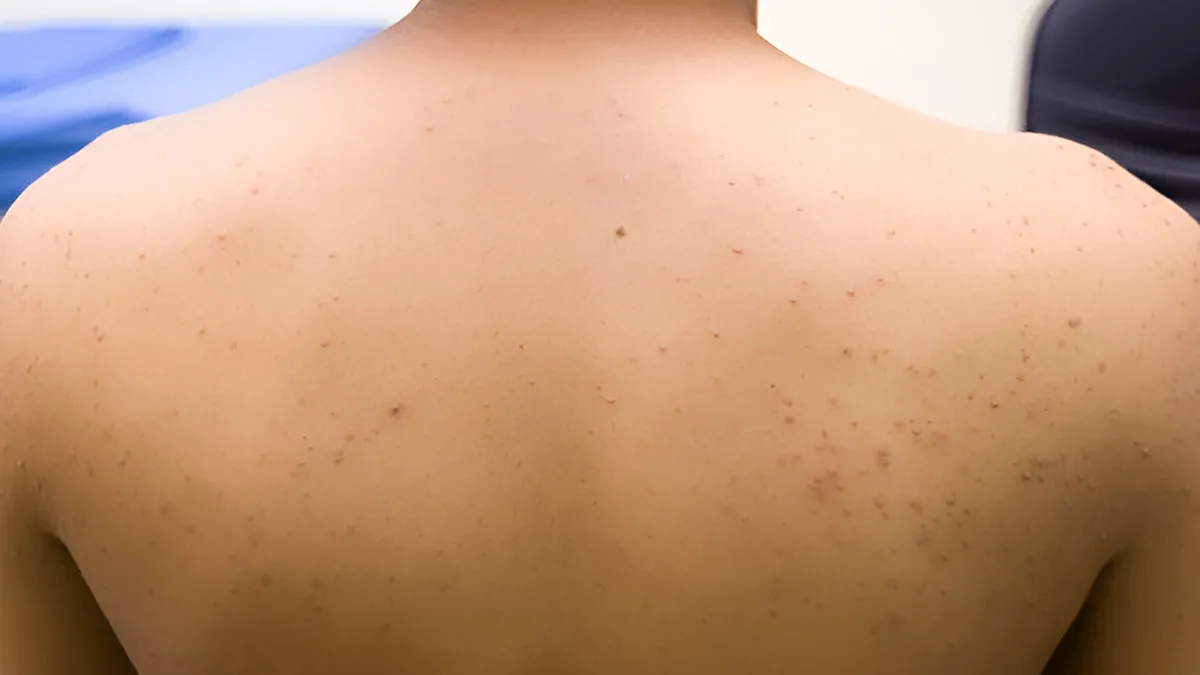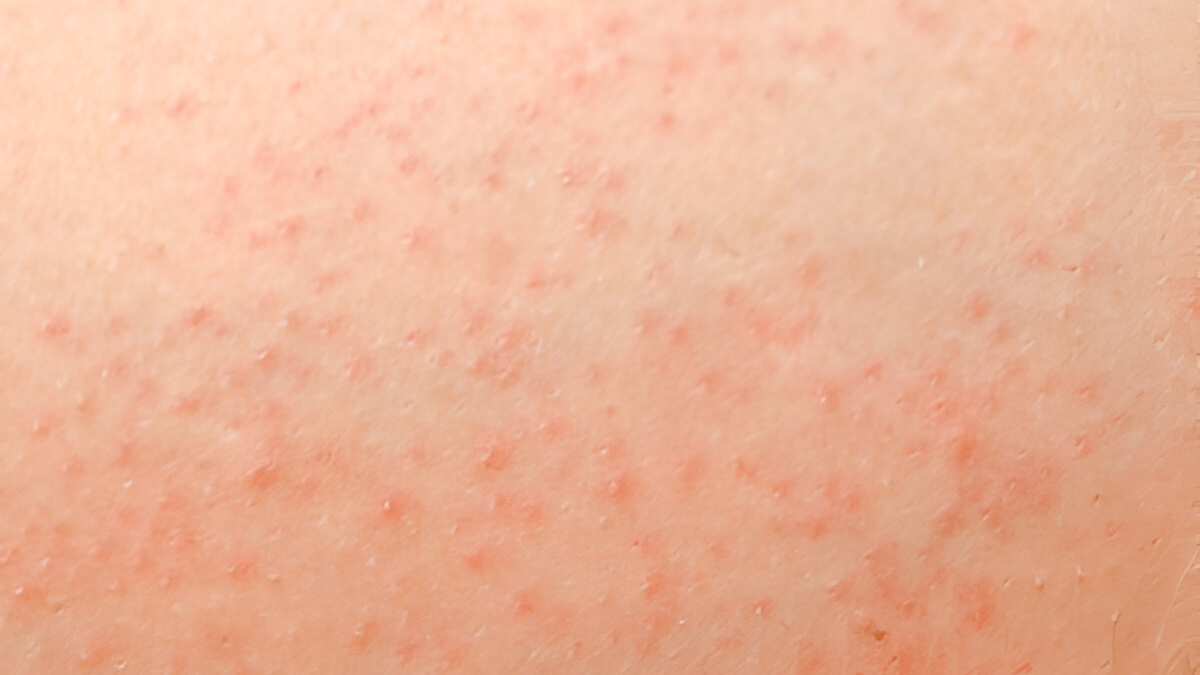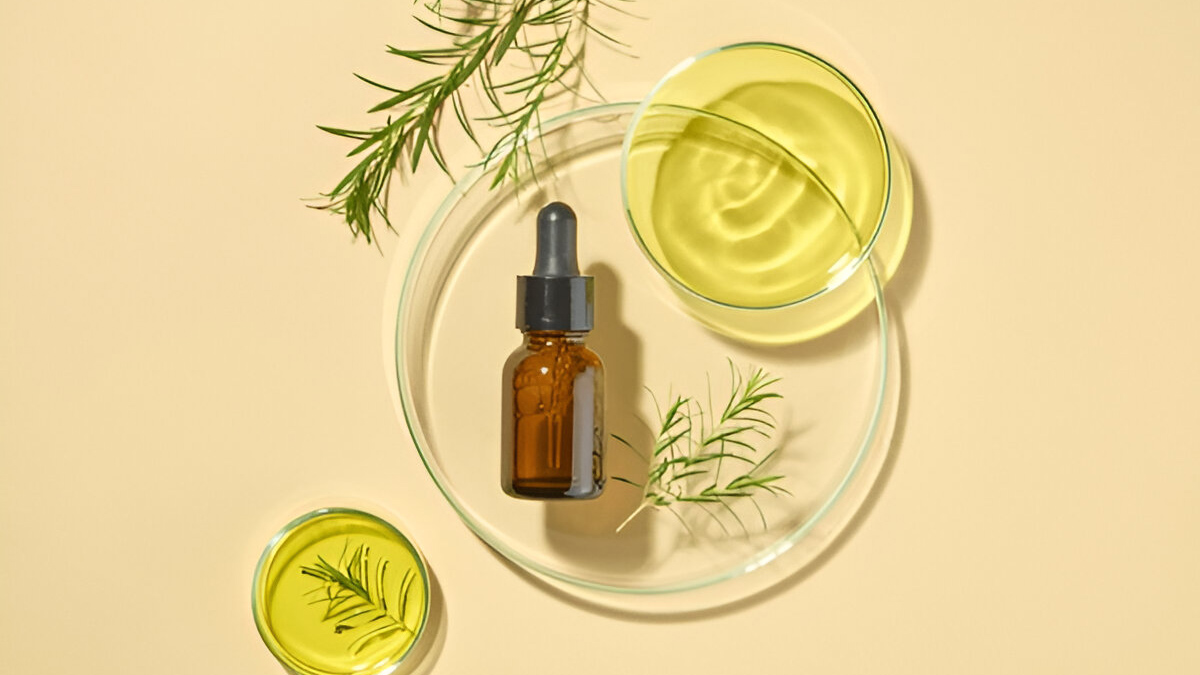
Have you ever noticed little red bumps or itchy pimples following shaving, waxing, or even sweating? You may have dismissed it as a rash or acne, but it may be folliculitis, a common skin condition that happens when hair follicles become infected or inflamed. Although folliculitis may seem harmless, it can be itchy, annoying, and even painful at times.
Table of Content:-
What Is Folliculitis?

Folliculitis occurs when hair follicles become infected or irritated, usually with bacteria (most commonly Staphylococcus aureus), fungi, or even ingrown hairs. It results in small white or red bumps, itching, tenderness, or burning skin sensation. It can happen anywhere you have hair, including arms, legs, scalp, back, or even buttocks.
Some of the common causes include:
- Shaving or waxing
- Wearing tight clothes that trap sweat and heat
- Poor hygiene or sweaty skin not washed immediately after exercise
- Hot tubs with dirty water (hot tub folliculitis)
Can You Treat Folliculitis at Home?
Yes, if your folliculitis is early and mild, there's a good chance you can treat it yourself. But if the area spreads, worsens in terms of pain, or fails to improve in a couple of days, you should see a dermatologist.
Also Read: Itchy Bumps Can Be Due To Infected Hair Follicles. Know Risk Factors And Treatment
Home Remedies To Prevent And Treat Folliculitis
For mild cases, these home remedies can soothe the skin, fight infection, and cure.
1. Tea Tree Oil

Tea tree oil is an effective natural antibacterial and antifungal that can treat the cause of folliculitis.
- How to use: Mix a couple of drops of tea tree oil with a carrier oil, such as coconut oil or olive oil. Use a cotton ball to put onto the affected area 1-2 times daily.
- Note: Always conduct patch test first. Tea tree oil stings sensitive skin if used undiluted.
2. Warm Compresses
A warm compress is all it takes to reduce inflammation and pull out pus if an infection is brewing. It also calms itching.
How to use: Soak a clean cloth in warm water, wring it out, and lay it over the blemish for 15-20 minutes, several times a day.
3. Aloe Vera Gel
Aloe vera is anti-inflammatory, cooling, and soothing, so it is ideal for irritated or itchy skin.
How to use: Soak a cotton pad in fresh aloe vera gel from the plant or apply pure store-bought aloe gel (with no fragrance or alcohol). Let it stay on for 20 minutes and wash it off, or use it as a leave-on gel.
4. Apple Cider Vinegar (ACV)

ACV has antibacterial components and can also restore the pH balance of the skin. ACV shows antimicrobial action against bacteria, such as E. coli, Candida albicans, and Staphylococcus aureus, as per a 2021 study.
Usage: Combine equal amounts of ACV and water. Soak a cotton pad in the mixture and apply it to the area gently. Leave it on for 10 minutes followed by cold-water wash.
Also Read: Boils On Scalp? Here Are 5 Useful Home Remedies To Get Rid Of Them
5. Turmeric Paste
Curcumin is the primary ingredient in turmeric, which has anti-inflammatory and antibacterial properties.
Instructions: Mix turmeric powder with some water or coconut oil to create a paste. Apply it on the bumps, leave for 15–20 minutes, and wash it off. Repeat daily once.
Prevention Tips
You can lower your chance of developing folliculitis by doing some simple modifications:
- Shave carefully: Shave in the direction of hair growth with a clean razor, and finish with a soothing gel or aftershave.
- Shower following perspiration: Don't give sweat and bacteria time to linger on your skin.
- Use loose clothing: Tight clothing traps heat and moisture, which increases the risk of breeding folliculitis.
- Don't share personal care items: Razors, towels, and loofahs can transmit bacteria.
When to See a Doctor
If home treatments fail within a few days, or the bumps begin to spread, ooze pus, or induce a fever, it’s time to get professional help. You may need an antibiotic or antifungal cream, or in rare cases, oral medication.
Bottomline
Folliculitis might be common, but it doesn’t have to take over your life. With a little care, the right home remedies, and some smart hygiene habits, you can soothe irritated skin naturally, and maybe even prevent future flare-ups. Your skin’s been through enough. It deserves a little extra kindness.
[Disclaimer: This article contains information for informational purposes only. Hence, we advise you to consult your professional if you are dealing with any health issue to avoid complications.]
Also watch this video
How we keep this article up to date:
We work with experts and keep a close eye on the latest in health and wellness. Whenever there is a new research or helpful information, we update our articles with accurate and useful advice.
Current Version